Coal Miner's War
Tennessee workers won a battle against the state and mine owners in East Tennessee in 1893. Coal miners in the Briceville, Fraterville, and Coal Creek areas of Anderson County were able to force the state to stop renting convicts to mine owners.
Industrialists had realized after the Civil War that there were deep veins of coal and iron ore in the mountains of East Tennessee and the Cumberland Plateau. Former Union General John T. Wilder bought up hundreds of acres of land and started coal mining operations which employed hundreds of workers.
Coal miners in Tennessee usually weren’t union members. But they would still strike or walk off the job if they thought their wages would be cut or if working conditions were bad. In 1891, workers at the Briceville mine went on strike.
Tennessee’s state government, which had been deeply in debt after the Civil War, had started the practice of renting out convicts for industrialists to use.
It brought in money for the state, and reduced labor costs for companies who could rent convicts cheaper than they would pay workers.
When the Briceville company brought in convicts to replace the striking miners, 300 miners surrounded the stockade holding the convicts and their guards and demanded their surrender. When the guards surrendered, the miners put the convicts and guards on a train back to Knoxville. Tennessee Governor John Buchanan called out the state militia and personally led convicts back into the mining town.
After the governor left, the miners again took over the stockade and this time shipped the state militia members back to Knoxville along with the convicts and guards. They sent a message to the governor that “We struggle for the right to earn bread by honest labor, and...are opposed to that system of labor that may be invoked to our degradation.”
The miners were told that the state legislature would hold a special session to consider outlawing convict labor leases. Instead the legislature passed a law making it illegal to interfere with the convict lease program.
The miners went back on strike and to war with a vengeance. For two years, they burned stockades, freed convicts, and had battles with the state militia. This caused problems for the government. The state was making up to $75,000 a year leasing convicts, but they were spending almost $200,000 on calling out the militia.
Tennesseans didn’t care about the convicts, but they did tend to sympathize with the miners. Labor groups held rallies in the largest cities for the miners. Others sent the miners aid. Finally Tennessee’s government had enough. In 1893 the state abolished the convict lease system.
Picture Credits:
- Photograph of taken in 1920 of coal miners in Dunlap, Tennessee. The miners are shown near the entrance to coal mine number 2. Tennessee State Library and Archives.
- Photograph showing coal miners underground in a mine. This photograph was taken in Fentress County, Tennessee, probably sometime during the 1920s or the 1930s. A violent strike occurred at the towns of Davidson and Wilder in Fentress County during the early 1930s. Tennessee Technological Library.
- Photograph showing two coal miners standing near the mine entrance. This photograph was taken in Fentress County, Tennessee, probably sometime during the 1920s or the 1930s. A violent strike occurred at the towns of Davidson and Wilder in Fentress County during the early 1930s. Tennessee Technological Library.
- Photograph of the Soddy mine power plant. This photo was taken in April of 1912 in Hamilton County, Tennessee. It shows the power plant owned by the Durham Coal Company near the entrance of the mine. Tennessee State Library and Archives.
- Photograph of the iron and coal furnaces of the Bon Air Coal and Iron Corporation. This photo was taken in Wayne County, Tennessee in 1923. Tennessee State Library and Archives.
- Photograph showing officers at Fort Anderson Garrison. The fort was built on Militia Hill, overlooking the town of Coal Creek. The national guardsmen were called to help put down the miners’ uprising during the Coal Creek War. This photo was taken sometime between 1891 and 1892 in Anderson County, Tennessee. Chattanooga-Hamilton County Bicentennial Library.
- Photograph of the Rattlesnake Mine. This photograph was taken in Tracy City, Tennessee and shows men standing near the entrance of the mine. Tennessee State Library and Archives.
- Photograph of Governor John Price Buchanan. Tennessee Blue Book.
- Photograph of Coal Creek miners. This photo was taken in Coal Creek, Tennessee. It shows several miners and a small boy standing outside the entrance to a mine. Tennessee State Museum Collection.
Confronting the Modern Era >> Life in Tennessee >> Getting a Fair Share >> Coal Miner's War
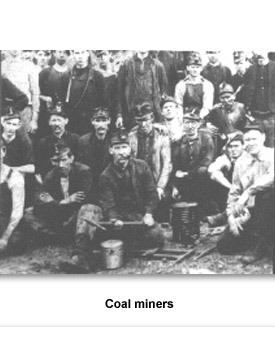
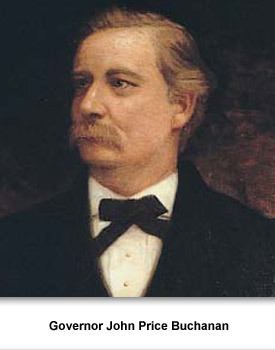
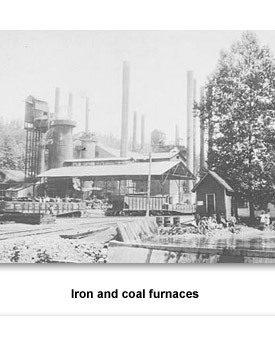
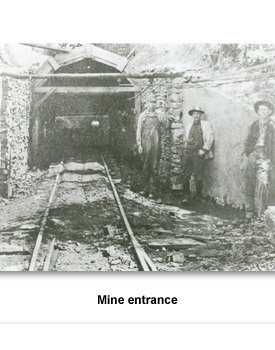
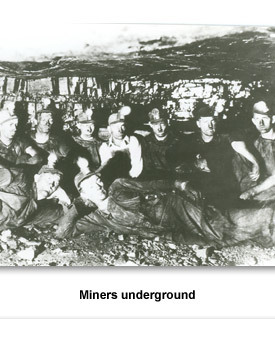
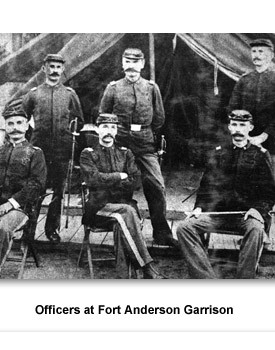
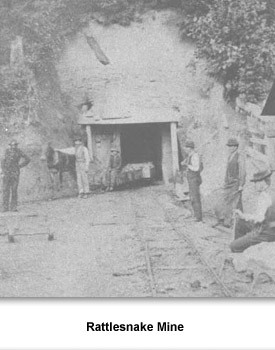
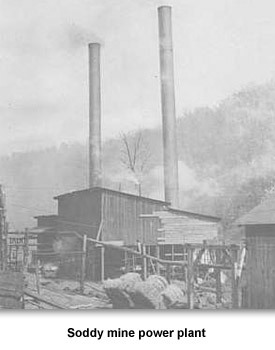
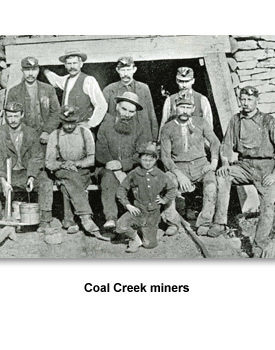
 Sponsored by: National Endowment for the Humanities
Sponsored by: National Endowment for the Humanities